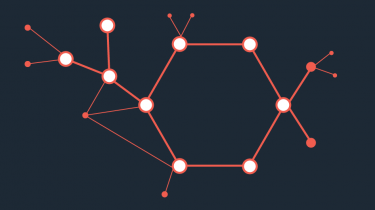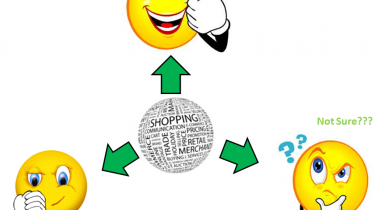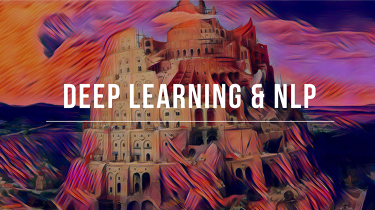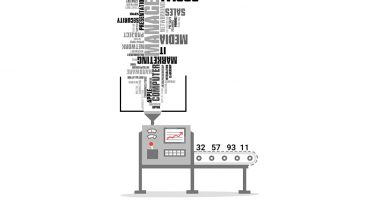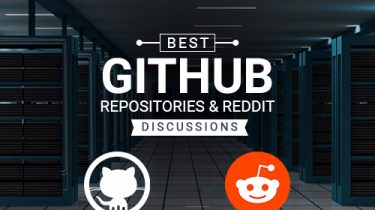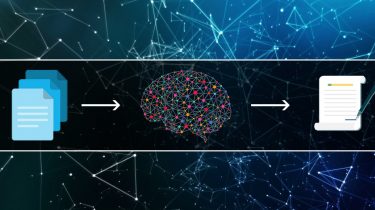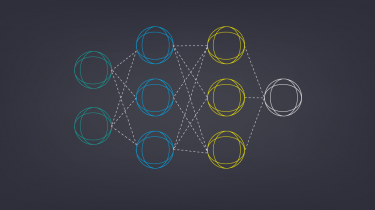5 Amazing Deep Learning Frameworks Every Data Scientist Must Know! (with Illustrated Infographic)
Introduction I have been a programmer since before I can remember. I enjoy writing codes from scratch – this helps me understand that topic (or technique) clearly. This approach is especially helpful when we’re learning data science initially. Try to implement a neural network from scratch and you’ll understand a lot of interest things. But do you think this is a good idea when building deep learning models on a real-world dataset? It’s definitely possible if you have days or […]
Read more